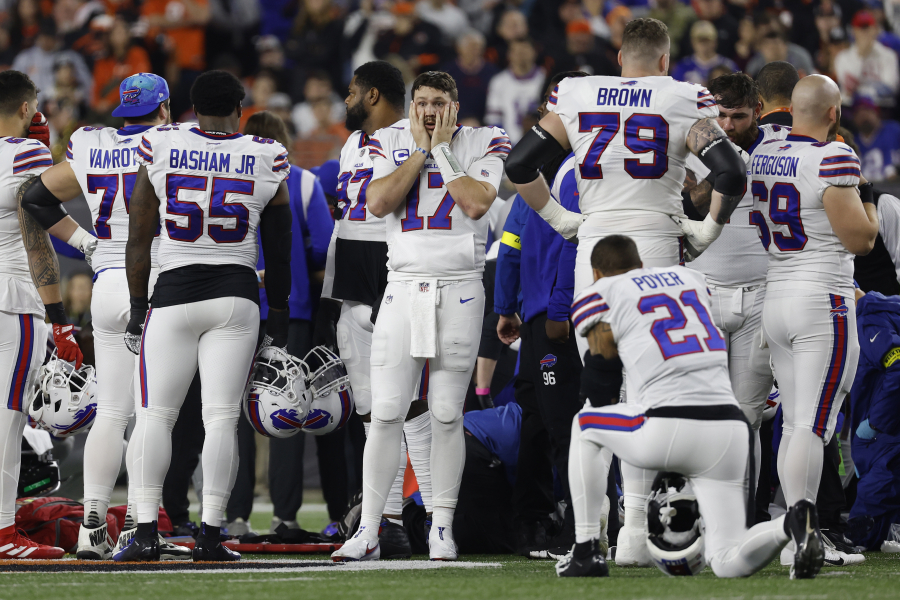ATLANTA — No one can downplay the popularity of football in Georgia this week as the University of Georgia geared up for another run at the national title.
While parents may admire the gridiron magic of UGA quarterback Stetson Bennett and his indefatigable teammates, do they want their children to grow up to play football?
More parents will likely question the wisdom of allowing their children to play after Jan. 2’s terrifying on-camera collapse of Buffalo safety Damar Hamlin during a Cincinnati Bengals-Buffalo Bills game. Now in critical condition, Hamlin went into cardiac arrest after a hit to the chest.
“We have a pretty athletic child and at the request of previous NFL players and our fears of concussions and CTE we refused to enroll him in football,” said Gwinnett parent Kim Claros. “He’s a high-schooler now and still asks to play. We are still opposed and events such as this consistently validate our decision.”



